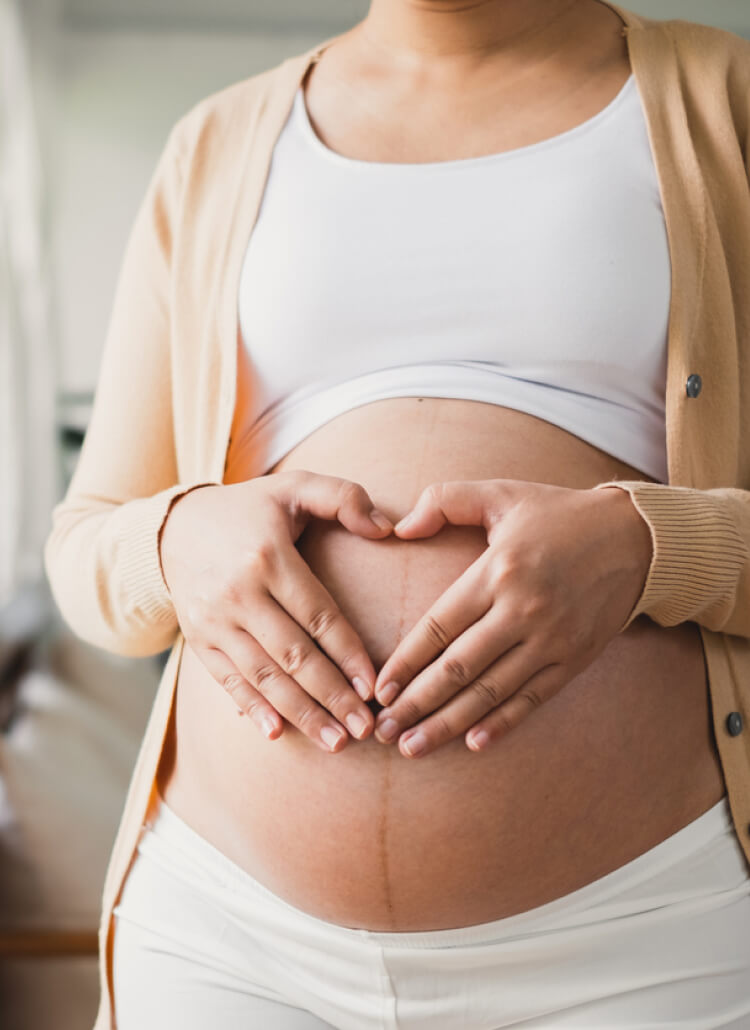Every Measure of Success
Success rates are one of the key factors that help guide the selection of a fertility clinic, and since our founding in 1991, IVFMD has helped to build 10,000+ families. We’ve achieved this through a combination of groundbreaking technologies, customized treatment plans, and compassionate care from an exceptional team of doctors. It is a privilege to support so many individuals and couples in achieving their dreams of parenthood.


